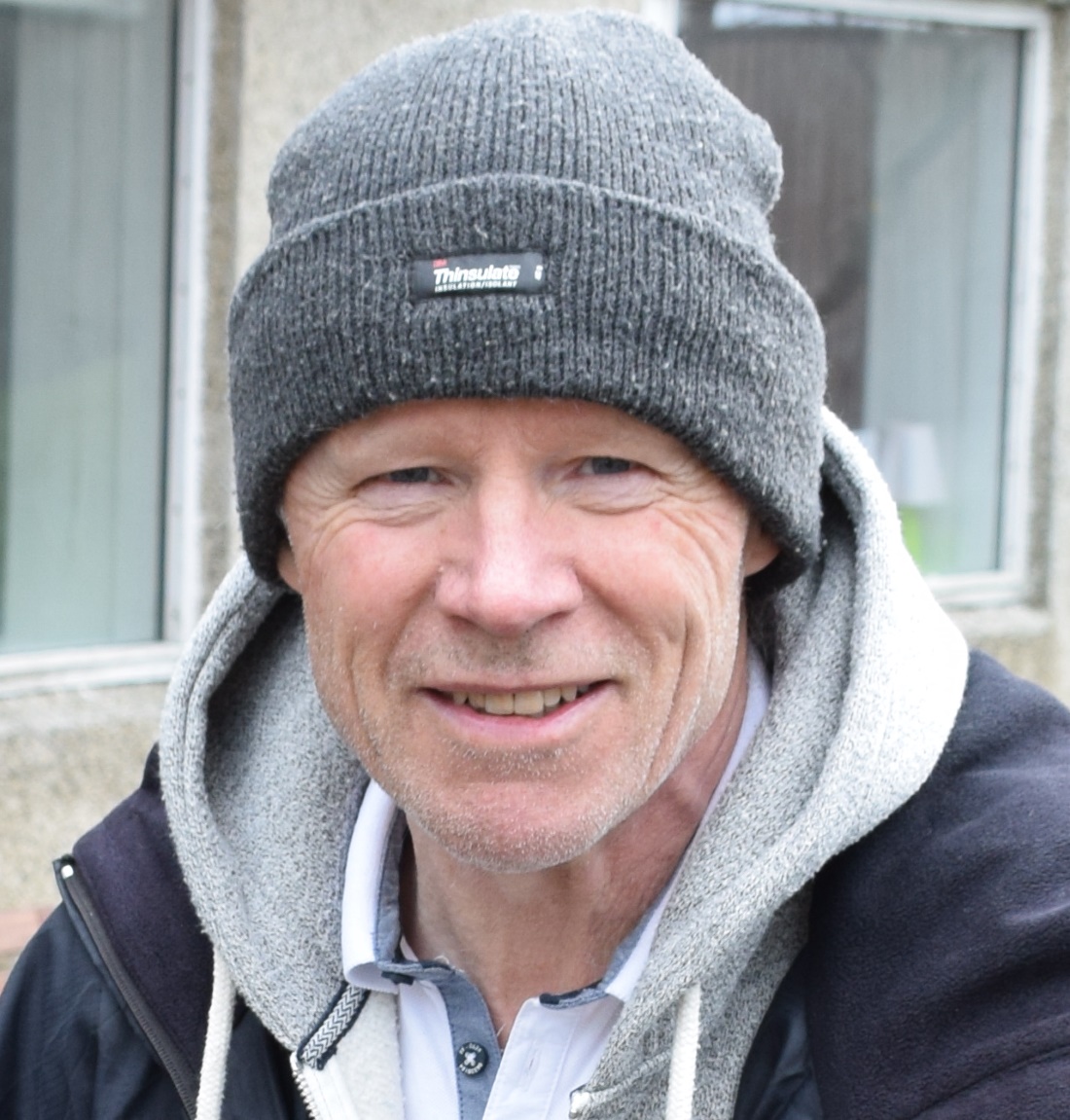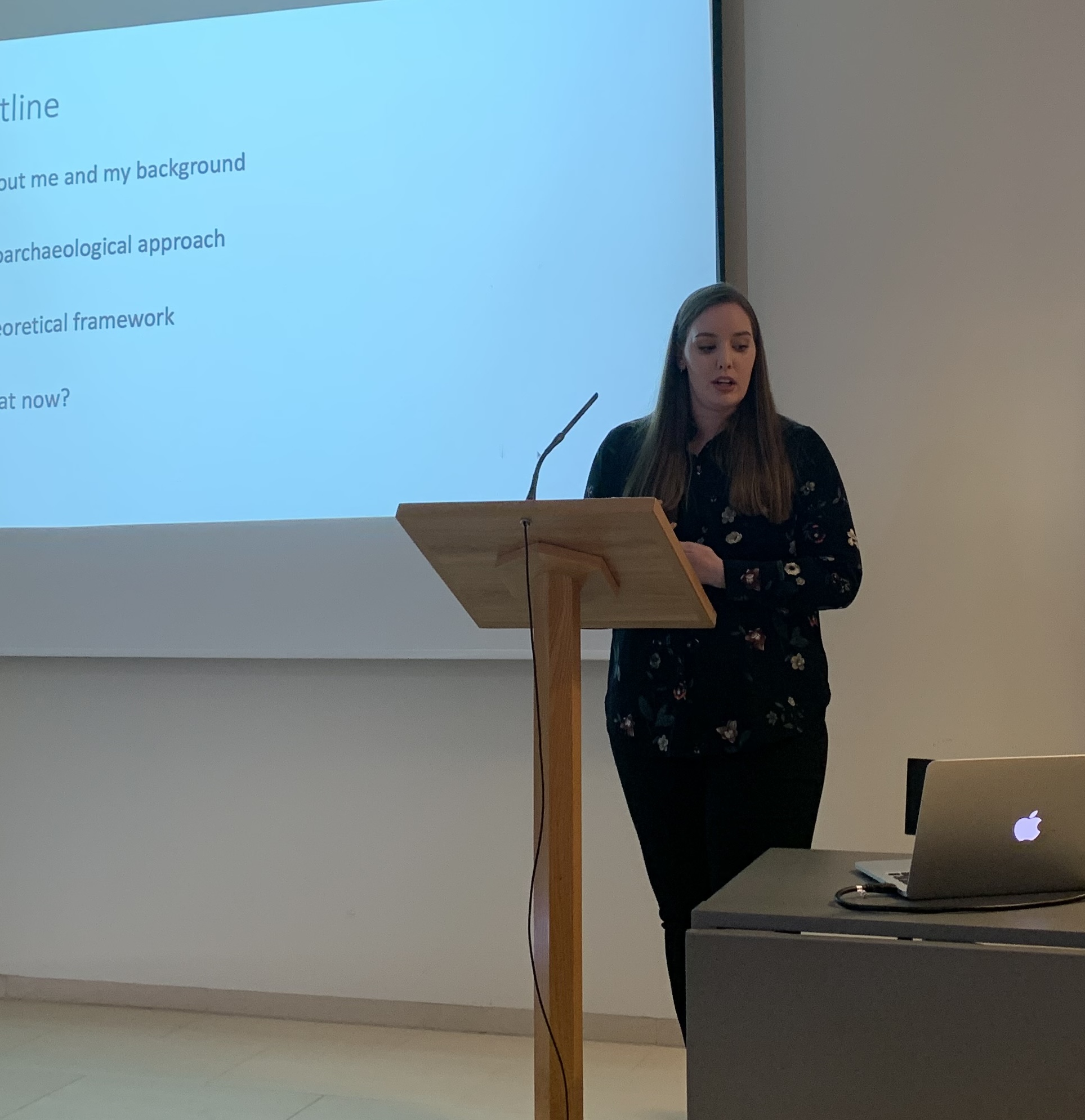The people
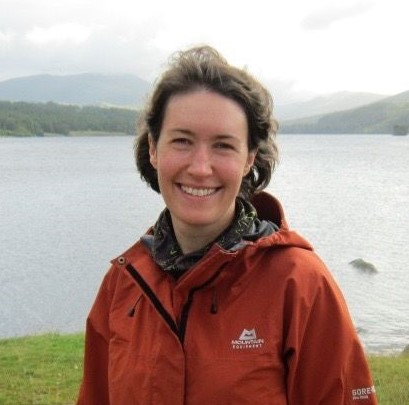
Philippa Ascough (Co-I, Scottish Universities Environmental Research Centre) is a Senior Lecturer at the University of Glasgow, and the Head of the NEIF Radiocarbon Facility, with 20 years’ experience in the application of radiocarbon (14C) as a timekeeper and tracer in global environmental systems, and in the combined application of stable isotopes of carbon and nitrogen for reconstruction of human and animal diets. These research areas include work in the North Atlantic across the Faroes, Iceland, and Scotland, in tandem with 14C, to identify Marine and Freshwater Radiocarbon reservoir effects, improve radiocarbon chronologies, and disentangle the use of terrestrial, freshwater, and marine resources among human communities. This work, contributing to over 70 peer-reviewed publications has been funded by UKRI and other major international bodies. She is co-Editor in Chief for the journal Geochronology, and sits on the UK National Environment Isotope Facility Operations Group.
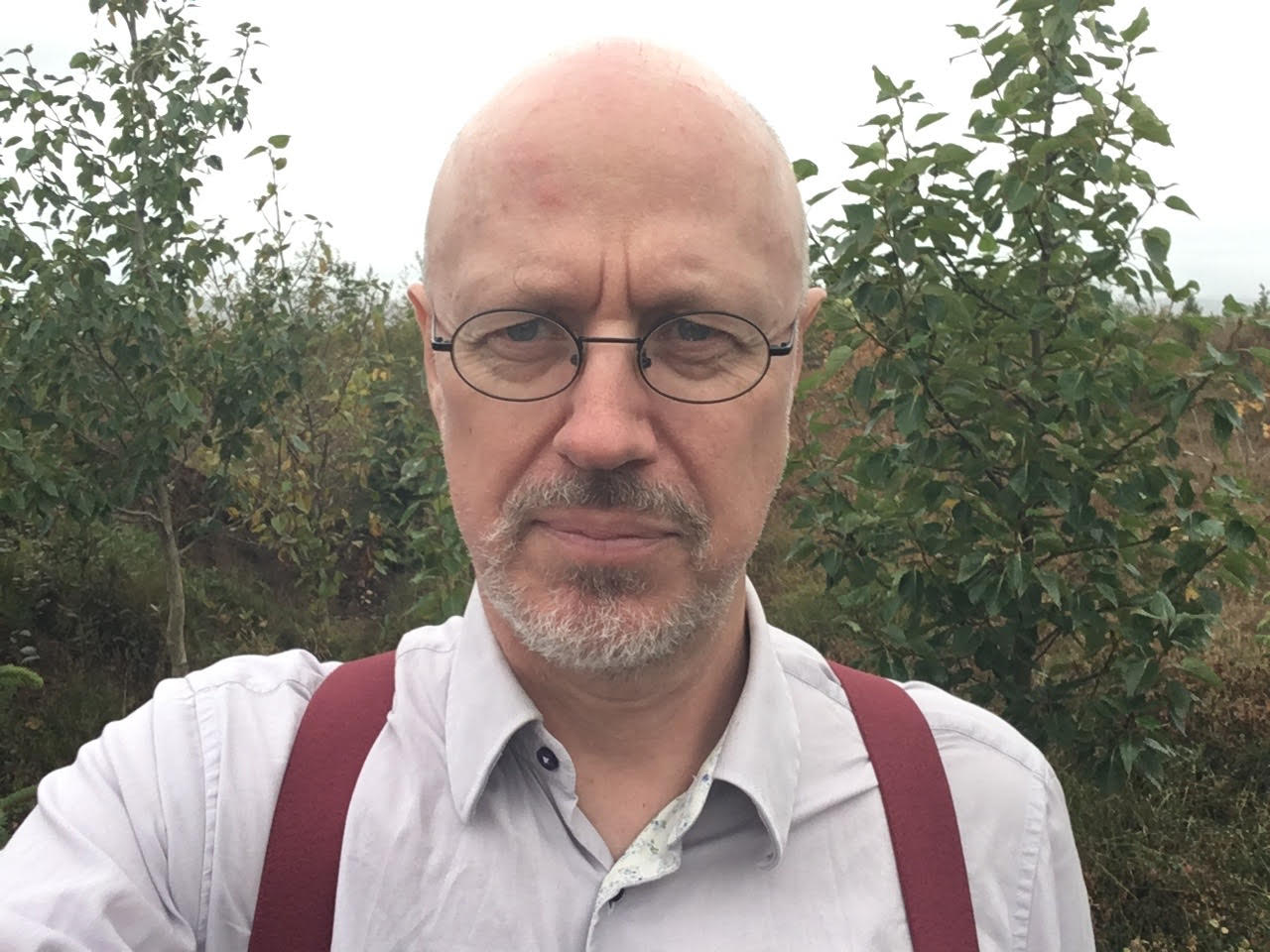
Axel Kristinsson is an Icelandic historian educated at the University of Iceland. He is an independent scholar focusing largely on the bigger patterns of history and the evolution of human societies, whether in Iceland or elsewhere. He is the author of two books and several papers. His first book, Expansions: Competition and Conquest in Europe Since the Bronze Age (2010) is about how certain circumstances have produced expansion cycles with conquest, migration and social upheaval. The second one, Hnignun, hvaða hnignun? (2018) criticizes the traditional view of Icelandic history as one of an ancient golden age, decline and resurrection. His current focus is mostly on the formation of social stratification in historical societies, both generally and in Iceland specifically. Axel is a shameless treehugger who lives in the Mýrar district in Western Iceland, surrounded by wooden friends.
Árni Hjartarson is an Icelandic geologist, educated at the University of Iceland where he completed his BSc degree in hydrogeology and received later his PhD in stratigraphy and geological mapping at the University of Copenhagen. His carrier has mostly been within the energy sector in Iceland, exploring and mapping the hydropower and geothermal resources of the country. He has also participated in international geothermal projects all around the World. His expertise covers many other fields of geoscience as volcanology, tephrochronology, marine geology and geological hazards. He is author and co-author of various articles, books, reports and maps about his research. For years he has been lecturer in United Nations University Geothermal Training Program. In the Two Valleys Project he is the head of Work Package 5, Geomorphology and natural hazards, focusing on historical landslides and environmental changes.
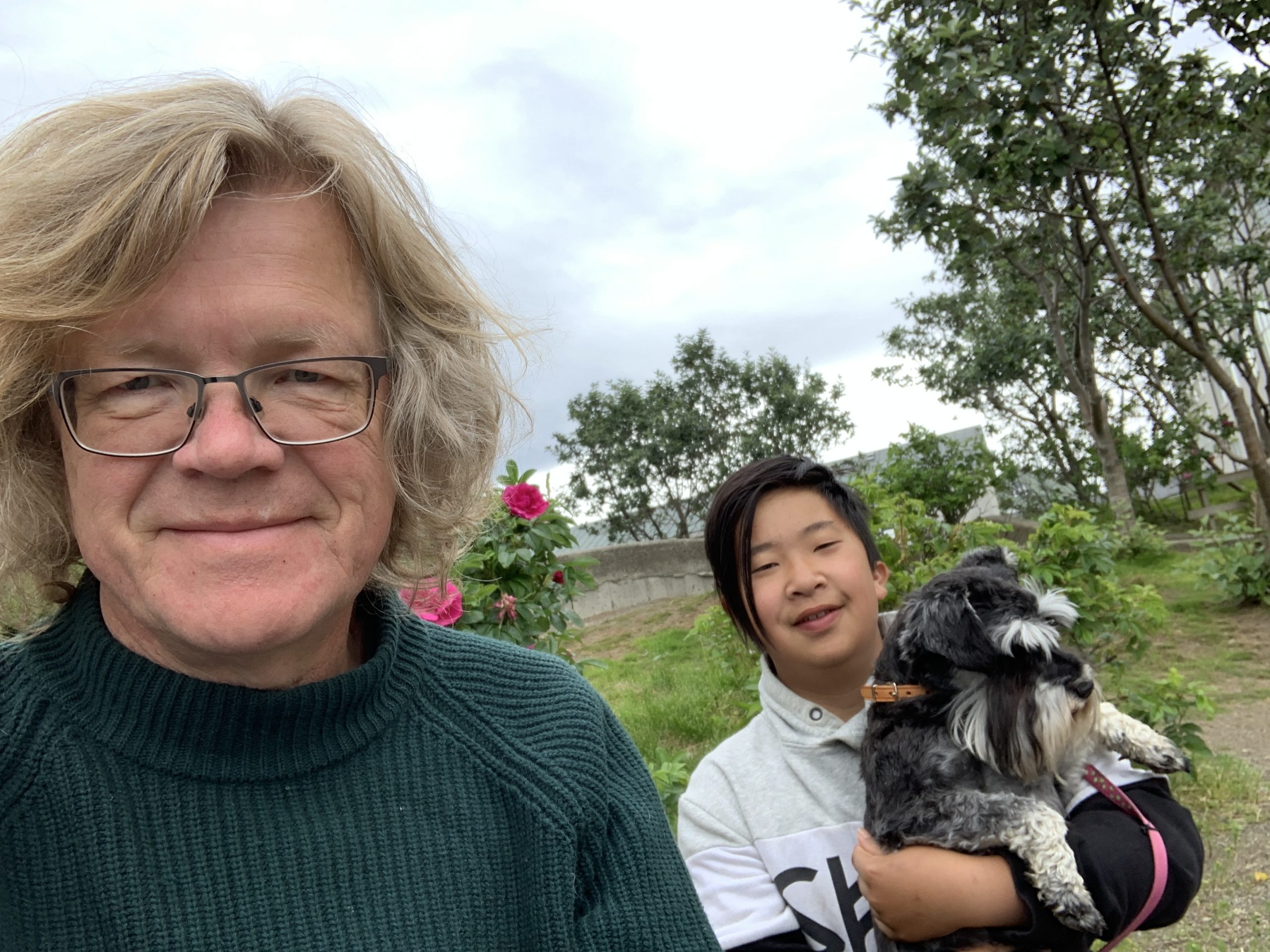
Árni Daníel Júlíusson is an Icelandic historian. He was educated at the University of Iceland and started his career as a historian writing and editing the Icelandic Historical Atlas (3 vols., 1989–1993). He received his PhD at the University of Copenhagen in 1997. He has been active in organising and taking part in the activities of the Reykjavík Academy from 1997 to this day. From 2005 to 2013 he was occupied with writing and editing the Agricultural History of Iceland (with Jónas Jónsson, 4 vols., 2013). From 2014 Árni Daníel has taken part in several research projects, among them MYCHANGE (2014–2018), ICECHANGE (2017–2020), CAMHEP (2020–2022) and the Two Valley project (2021–2023), funded by the Icelandic Research Fund with a Grant of Excellence. He is a specialist at the University of Iceland and a scientist at The Stefansson Arctic Institute in Akureyri.
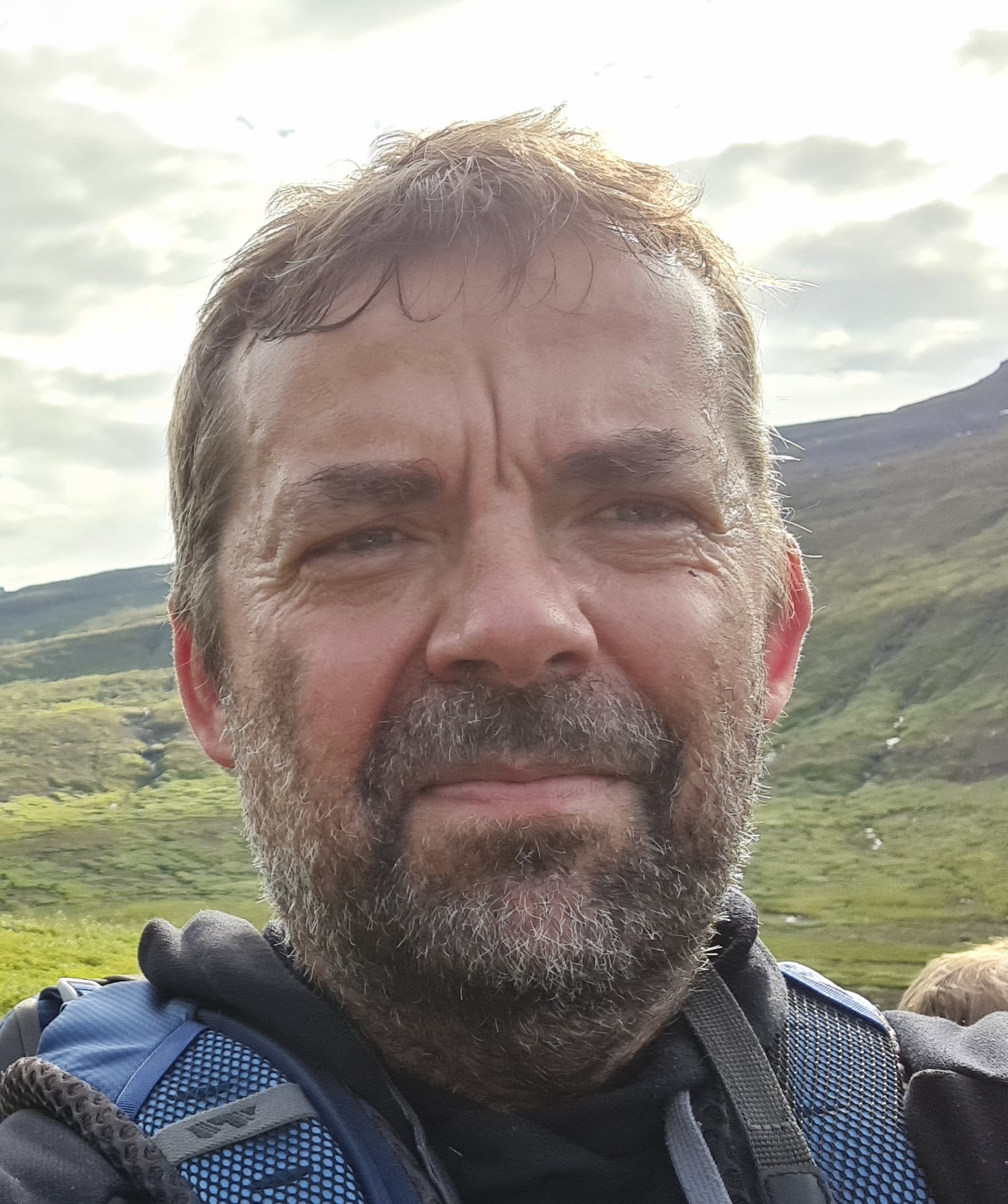
Egill Erlendsson is an Icelandic geographer and professor of Geography at the University of Iceland (UI). He completed a BS degree in Geography at the University of Iceland in 2002 and a PhD degree in Geography (physical) at the University of Aberdeen in 2007. Egill’s field of expertise is palynology and related paleoenvironmental techniques and geochronology. Since completion of PhD, he has been employed at the UI in various positions, from post-doc to professor (since 2015). Egill has participated in various research relating to Holocene environmental change and human impacts upon terrestrial ecosystems. Many of those projects have been interdisciplinary in nature, such as the ”Reykholt Project” and the “Mosfell Archaeological Project”. Egill is responsible for work package 4, Palaeoecology.
More information about the research can be found here: www.researchgate.net/profile/Egill-Erlendsson

Elín Ósk Hreiðarsdóttir (BA in anthropology, MA in Archaeology from University of Iceland) is the head of Work package 1. Elín is the managing director of The Institute of Archaeology in Iceland (Fornleifastofnun Íslands). Elín’s research focus has centred around archaeological survey and studies of cultural landscape in Iceland. She has surveyed over 7000 sites all across the country, among others the cultural landscape of both Svarfaðardalur and Hörgárdalur. Along with field survey she has worked on excavations and conducted research into Viking Age beads. She has published various articles and book chapters about her research as well as authored numerous reports. Elín has also been a sessional teacher at the University of Iceland since 2006.
Elísabet Ásta Eyþórsdóttir is a PhD student in physical geography at the University of Iceland, specializing in palaeoecology as part of work package 4. She completed both her Bachelor’s and Master’s degrees in geology at the University of Iceland, with a focus on sedimentology and paleontology. During her undergraduate studies, Elísabet authored a thesis titled “Palaeoenvironmental Analyses of a Late Pleistocene Sediment Core from the Jordan River Dureijat Archaeological Site, Northern Israel.” This research aimed to examine the environmental characteristics of the JRD site over the last 132,000 years. She participated in the excavation and analyzed the core samples collected. For her Master’s degree, Elísabet focused on the “Environmental Conditions of Early Hominins in NE Asia 1.7-1.3 Million Years Ago.” She traveled to China to collect samples and collaborated closely with archaeologists at the site.
Eyþórsdóttir
Gísli Pálsson
Halldór G. Pétursson
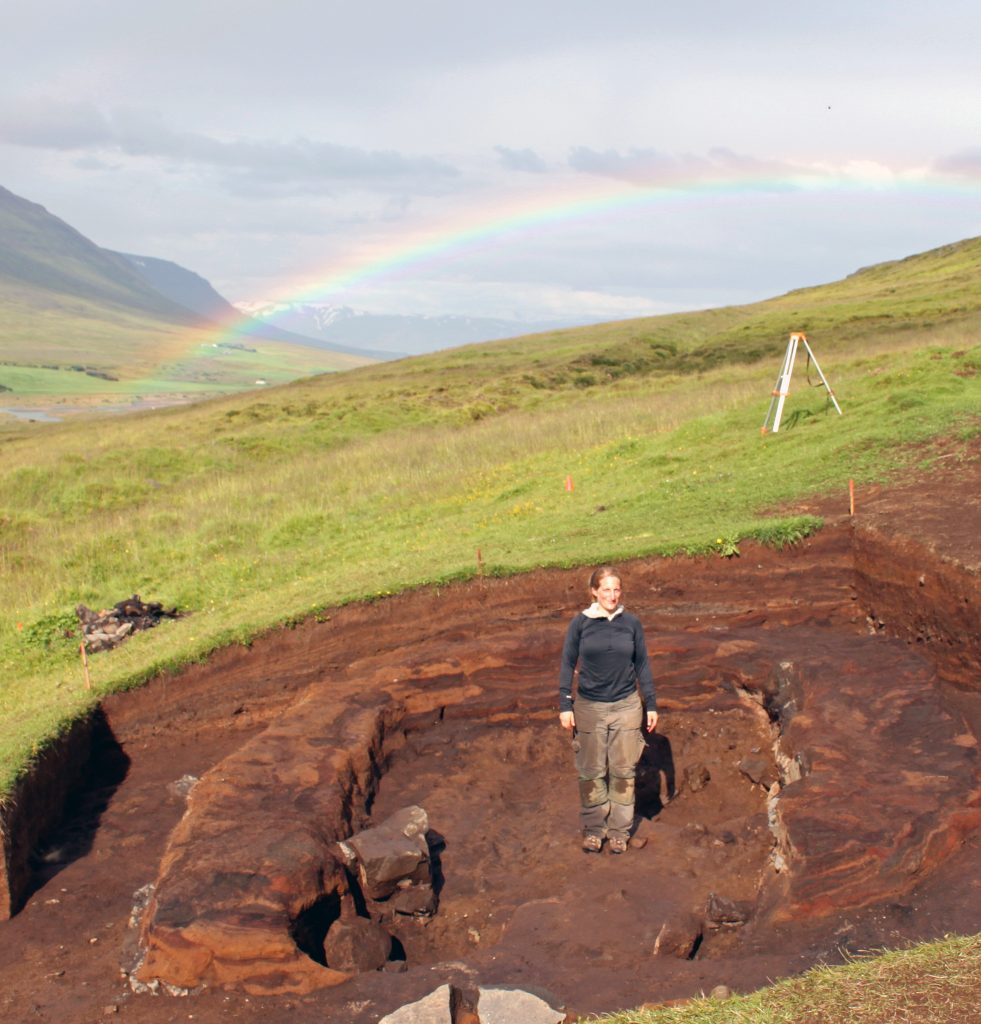
Dr. Ramona Harrison is an Associate Professor in the Department of Archaeology, History, Cultural Studies and Religion (AHKR) at the University of Bergen, Norway. Through her specialization in Zooarchaeology, Harrison uses environmental archaeology to study past human and environmental interactions by means of midden research and cultural landscape analysis. She conducted her PhD work at the City University of New York and as member of NABO (North Atlantic Biocultural Organization) has had a longstanding research interest in Iceland and the North Atlantic Isles. Her archaeological projects have so far focused on multi-scalar, long-term Eyjafjörður socio-cultural structures and human-environment interactions, with special focus on Hörgárdalur and Siglunes as part of the Gásir Hinterlands. Together with Árni Daníel Júlíusson (HÍ and ASI), Harrison is the Two Valleys project coordinator and manages WP 2: Investigation of economy and settlement chronology in SVARF and HÖRG through farm midden surveys and excavations.
Ingrid Mainland
Ruth Maher
Kristin Linnea Møller-Nielsen is a PhD student in Archaeology at the University of Iceland. She completed her BA and MA in Archaeology at the University of Bergen, Norway, and completed her osteology training at the University of Southampton, UK. Her background is in human osteology, and for her master thesis and for contract work in commercial archaeology, has analysed commingled and fragmented human remains from Medieval contexts. She is now specialising in zooarchaeology as part of work package 2, building on this experience and have transitioned to working on animal bones from farm midden contexts in Iceland. The goal is to explore economic resource and subsistence use as it relates to socioeconomic structures and trade networks in viking age and medieval northern Iceland.
Orri Vésteinsson
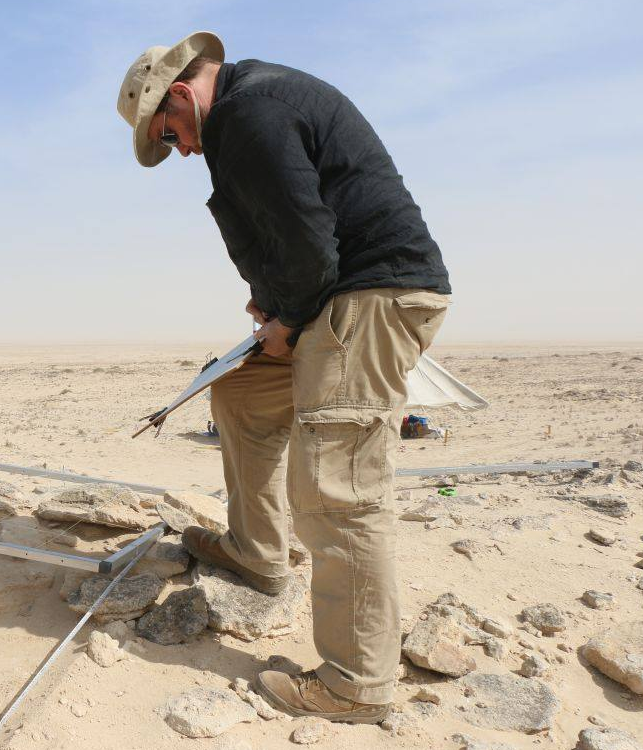
Howell Magnus Roberts is a British Archaeologist who has been working in Iceland since 1996. He was educated at the University of Liverpool and began his career at the University of Birmingham. He has worked for The Museum of London, the National Museum of Iceland, Fornleifastofnun Íslands, and the University of Bergen amongst other institutions. He currently divides his time between research projects in Iceland, Norway and Abu Dhabi. He has particular interests in funerary archaeology, Viking Age buildings, and digital recording methodologies.
Konrad Smiarowski
Sveinn Brynjólfsson
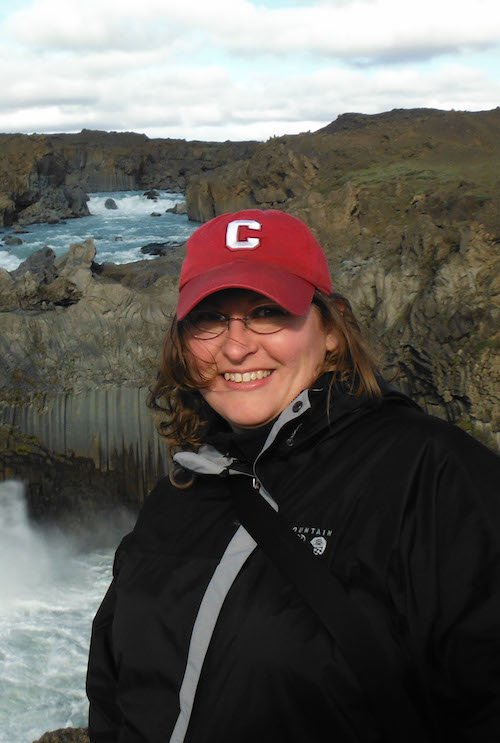
Dr. Vicki Szabo, Associate Professor of History at Western Carolina University, USA, received her PhD in Medieval Studies at Cornell University. Her research focuses on medieval environmental history, the North Atlantic, and marine mammal use. Her work has been funded by the National Science Foundation, the Fulbright Foundation, the AAAS, and the Society of Antiquaries of London. She currently serves as PI for NSF project “Assessing the Distribution and Variability of Marine Mammals through Archaeology, Ancient DNA, and History in the North Atlantic” (2015-2021).
The people
Philippa Ascough (Co-I, Scottish Universities Environmental Research Centre) is a Senior Lecturer at the University of Glasgow, and the Head of the NEIF Radiocarbon Facility, with 20 years’ experience in the application of radiocarbon (14C) as a timekeeper and tracer in global environmental systems, and in the combined application of stable isotopes of carbon and nitrogen for reconstruction of human and animal diets. These research areas include work in the North Atlantic across the Faroes, Iceland, and Scotland, in tandem with 14C, to identify Marine and Freshwater Radiocarbon reservoir effects, improve radiocarbon chronologies, and disentangle the use of terrestrial, freshwater, and marine resources among human communities. This work, contributing to over 70 peer-reviewed publications has been funded by UKRI and other major international bodies. She is co-Editor in Chief for the journal Geochronology, and sits on the UK National Environment Isotope Facility Operations Group.

Axel Kristinsson is an Icelandic historian educated at the University of Iceland. He is an independent scholar focusing largely on the bigger patterns of history and the evolution of human societies, whether in Iceland or elsewhere. He is the author of two books and several papers. His first book, Expansions: Competition and Conquest in Europe Since the Bronze Age (2010) is about how certain circumstances have produced expansion cycles with conquest, migration and social upheaval. The second one, Hnignun, hvaða hnignun? (2018) criticizes the traditional view of Icelandic history as one of an ancient golden age, decline and resurrection. His current focus is mostly on the formation of social stratification in historical societies, both generally and in Iceland specifically. Axel is a shameless treehugger who lives in the Mýrar district in Western Iceland, surrounded by wooden friends.
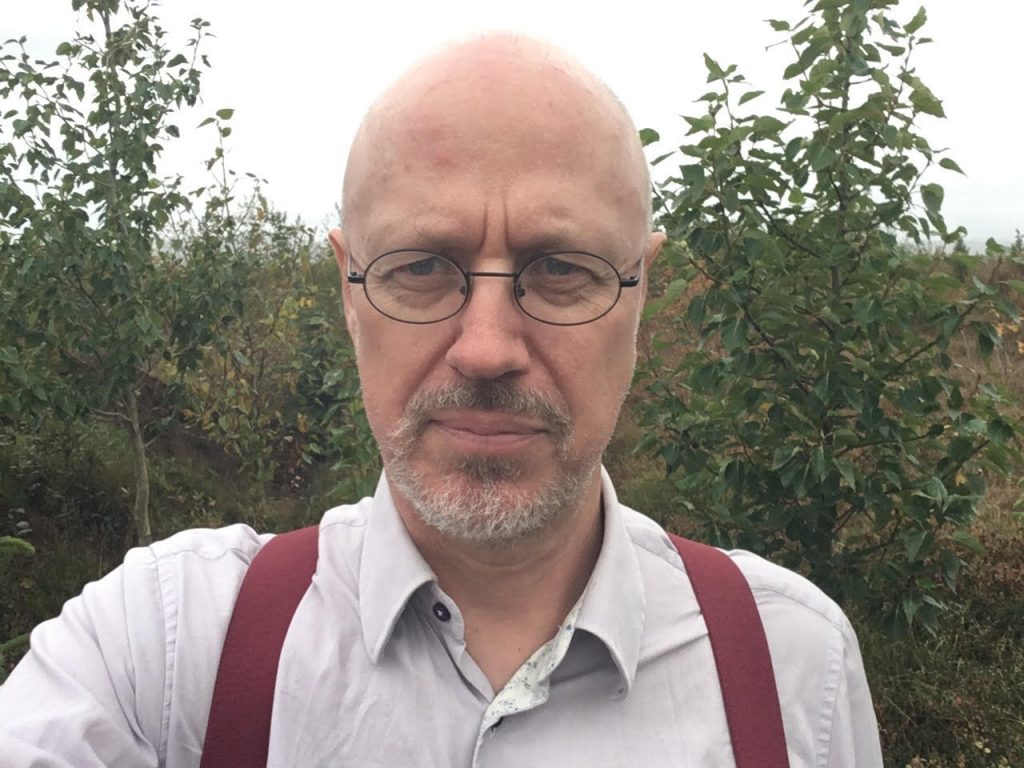
Árni Hjartarson is an Icelandic geologist, educated at the University of Iceland where he completed his BSc degree in hydrogeology and received later his PhD in stratigraphy and geological mapping at the University of Copenhagen. His carrier has mostly been within the energy sector in Iceland, exploring and mapping the hydropower and geothermal resources of the country. He has also participated in international geothermal projects all around the World. His expertise covers many other fields of geoscience as volcanology, tephrochronology, marine geology and geological hazards. He is author and co-author of various articles, books, reports and maps about his research. For years he has been lecturer in United Nations University Geothermal Training Program. In the Two Valleys Project he is the head of Work Package 5, Geomorphology and natural hazards, focusing on historical landslides and environmental changes.
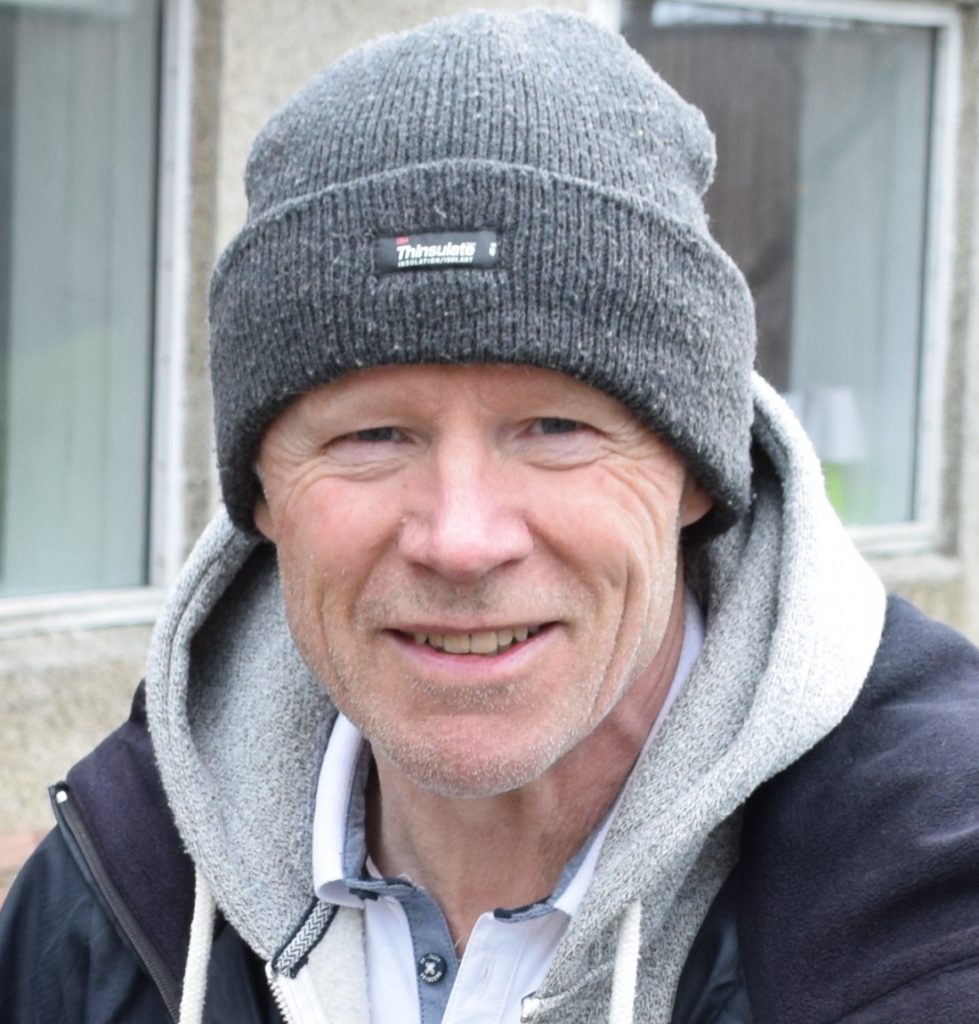
Árni Daníel Júlíusson is an Icelandic historian. He was educated at the University of Iceland and started his career as a historian writing and editing the Icelandic Historical Atlas (3 vols., 1989–1993). He received his PhD at the University of Copenhagen in 1997. He has been active in organising and taking part in the activities of the Reykjavík Academy from 1997 to this day. From 2005 to 2013 he was occupied with writing and editing the Agricultural History of Iceland (with Jónas Jónsson, 4 vols., 2013). From 2014 Árni Daníel has taken part in several research projects, among them MYCHANGE (2014–2018), ICECHANGE (2017–2020), CAMHEP (2020–2022) and the Two Valley project (2021–2023), funded by the Icelandic Research Fund with a Grant of Excellence. He is a specialist at the University of Iceland and a scientist at The Stefansson Arctic Institute in Akureyri.
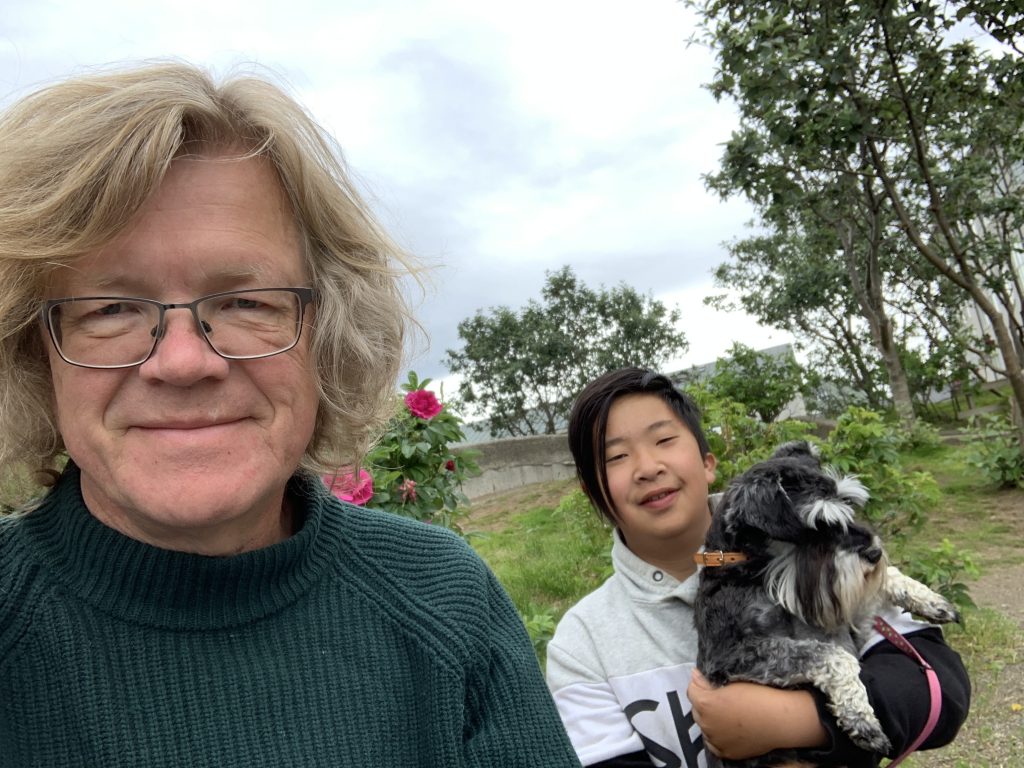
Egill Erlendsson is an Icelandic geographer and professor of Geography at the University of Iceland (UI). He completed a BS degree in Geography at the University of Iceland in 2002 and a PhD degree in Geography (physical) at the University of Aberdeen in 2007. Egill’s field of expertise is palynology and related paleoenvironmental techniques and geochronology. Since completion of PhD, he has been employed at the UI in various positions, from post-doc to professor (since 2015). Egill has participated in various research relating to Holocene environmental change and human impacts upon terrestrial ecosystems. Many of those projects have been interdisciplinary in nature, such as the ”Reykholt Project” and the “Mosfell Archaeological Project”. Egill is responsible for work package 4, Palaeoecology.
More information about the research can be found here: www.researchgate.net/profile/Egill-Erlendsson
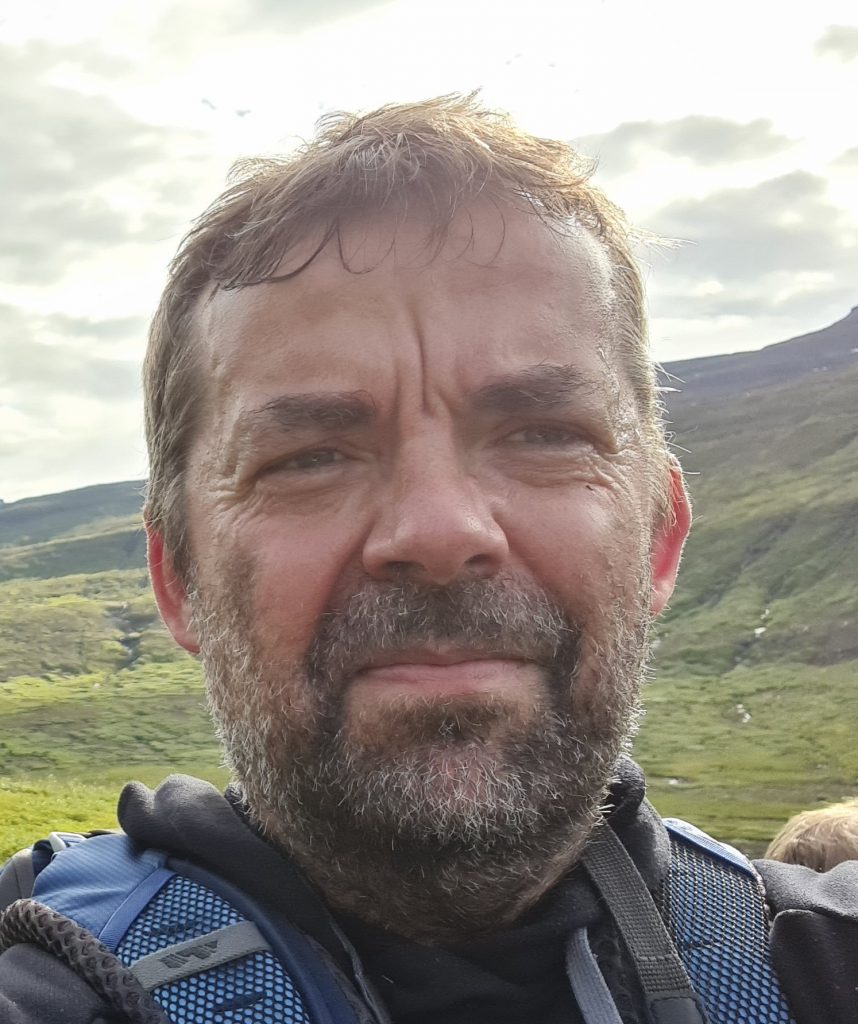
Elín Ósk Hreiðarsdóttir (BA in anthropology, MA in Archaeology from University of Iceland) is the head of Work package 1. Elín is the managing director of The Institute of Archaeology in Iceland (Fornleifastofnun Íslands). Elín’s research focus has centred around archaeological survey and studies of cultural landscape in Iceland. She has surveyed over 7000 sites all across the country, among others the cultural landscape of both Svarfaðardalur and Hörgárdalur. Along with field survey she has worked on excavations and conducted research into Viking Age beads. She has published various articles and book chapters about her research as well as authored numerous reports. Elín has also been a sessional teacher at the University of Iceland since 2006.

Elísabet Ásta Eyþórsdóttir is a PhD student in physical geography at the University of Iceland, specializing in palaeoecology as part of work package 4. She completed both her Bachelor’s and Master’s degrees in geology at the University of Iceland, with a focus on sedimentology and paleontology. During her undergraduate studies, Elísabet authored a thesis titled “Palaeoenvironmental Analyses of a Late Pleistocene Sediment Core from the Jordan River Dureijat Archaeological Site, Northern Israel.” This research aimed to examine the environmental characteristics of the JRD site over the last 132,000 years. She participated in the excavation and analyzed the core samples collected. For her Master’s degree, Elísabet focused on the “Environmental Conditions of Early Hominins in NE Asia 1.7-1.3 Million Years Ago.” She traveled to China to collect samples and collaborated closely with archaeologists at the site.
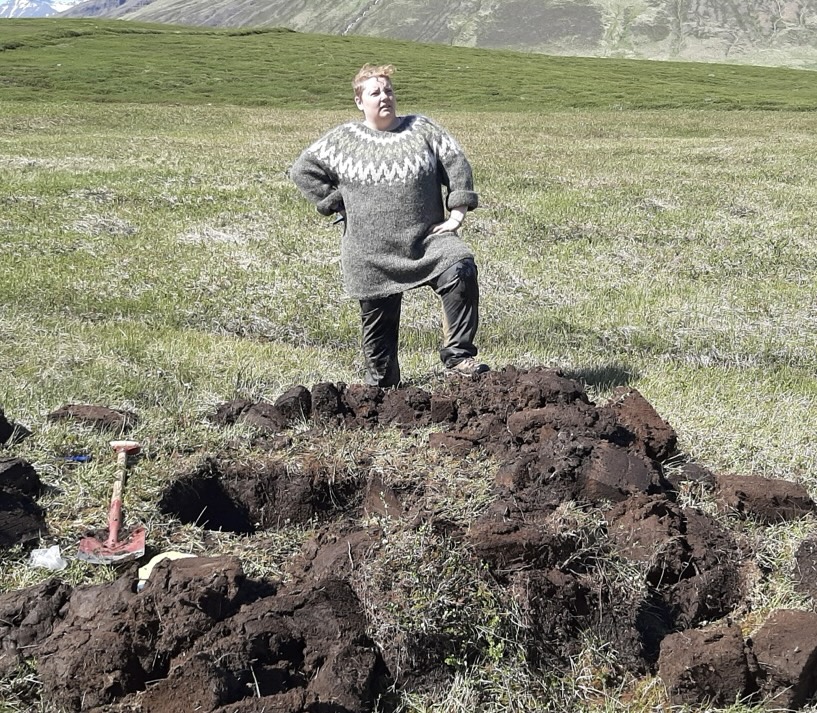
Gísli Pálsson
Halldór G. Pétursson
Dr. Ramona Harrison is an Associate Professor in the Department of Archaeology, History, Cultural Studies and Religion (AHKR) at the University of Bergen, Norway. Through her specialization in Zooarchaeology, Harrison uses environmental archaeology to study past human and environmental interactions by means of midden research and cultural landscape analysis. She conducted her PhD work at the City University of New York and as member of NABO (North Atlantic Biocultural Organization) has had a longstanding research interest in Iceland and the North Atlantic Isles. Her archaeological projects have so far focused on multi-scalar, long-term Eyjafjörður socio-cultural structures and human-environment interactions, with special focus on Hörgárdalur and Siglunes as part of the Gásir Hinterlands. Together with Árni Daníel Júlíusson (HÍ and ASI), Harrison is the Two Valleys project coordinator and manages WP 2: Investigation of economy and settlement chronology in SVARF and HÖRG through farm midden surveys and excavations.

Ingrid Mainland
Ruth Maher
Kristin Linnea Møller-Nielsen is a PhD student in Archaeology at the University of Iceland. She completed her BA and MA in Archaeology at the University of Bergen, Norway, and completed her osteology training at the University of Southampton, UK. Her background is in human osteology, and for her master thesis and for contract work in commercial archaeology, has analysed commingled and fragmented human remains from Medieval contexts. She is now specialising in zooarchaeology as part of work package 2, building on this experience and have transitioned to working on animal bones from farm midden contexts in Iceland. The goal is to explore economic resource and subsistence use as it relates to socioeconomic structures and trade networks in viking age and medieval northern Iceland.
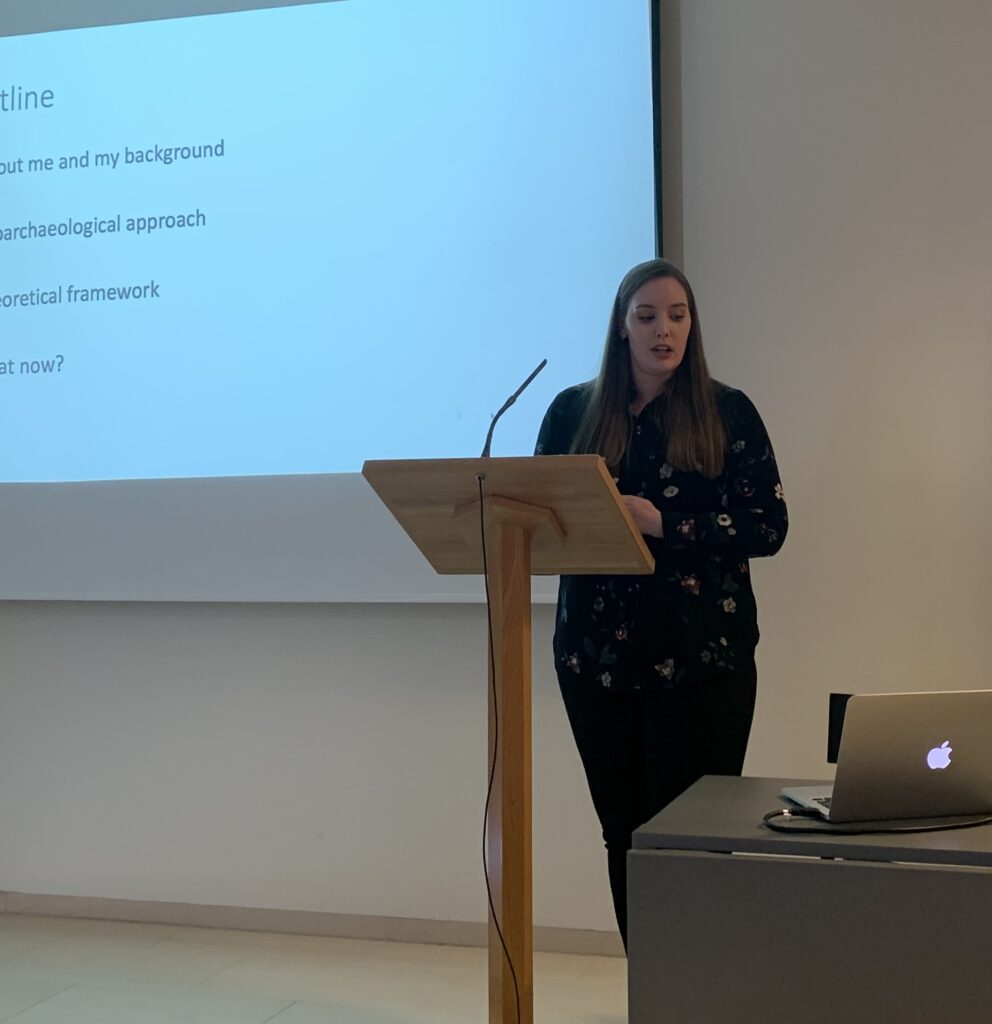
Orri Vésteinsson
Howell Magnus Roberts is a British Archaeologist who has been working in Iceland since 1996. He was educated at the University of Liverpool and began his career at the University of Birmingham. He has worked for The Museum of London, the National Museum of Iceland, Fornleifastofnun Íslands, and the University of Bergen amongst other institutions. He currently divides his time between research projects in Iceland, Norway and Abu Dhabi. He has particular interests in funerary archaeology, Viking Age buildings, and digital recording methodologies.

Konrad Smiarowski
Sveinn Brynjólfsson
Dr. Vicki Szabo, Associate Professor of History at Western Carolina University, USA, received her PhD in Medieval Studies at Cornell University. Her research focuses on medieval environmental history, the North Atlantic, and marine mammal use. Her work has been funded by the National Science Foundation, the Fulbright Foundation, the AAAS, and the Society of Antiquaries of London. She currently serves as PI for NSF project “Assessing the Distribution and Variability of Marine Mammals through Archaeology, Ancient DNA, and History in the North Atlantic” (2015-2021).

